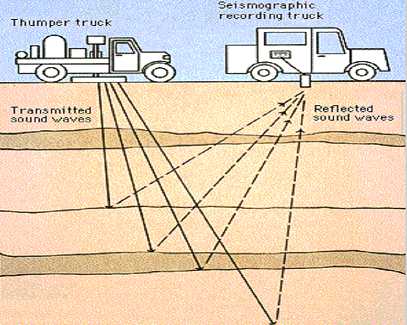

2020), which is much larger than that of the ground-to-air signal ( \(\sim 0.0003\) Pa/( \(\mu \)m/s)) (e.g., Kim et al. The generation efficiency of the air-to-ground signal is \(\sim 0.1-10\) \(\mu \)m/s/Pa (Ichihara 2016 Novoselov et al. In this manuscript, we call the former in seismometer records as an air-to-ground signal and the latter in acoustic records as a ground-to-air signal to clarify the coupling direction. Matoza and Fee 2014 distinguished air-ground coupling an ground-air coupling. The bidirectional usage of the term has confused the discussion. However, the term ’ground-coupled air waves’ was originally used to indicate the pressure oscillation generated by propagating seismic waves (Donn and Posmentier 1964). Such signals in seismometer data are called ’ground-coupled air waves’ in volcanology (e.g., Johnson and Malone 2007 De Angelis et al. Therefore, it is recorded not only by infrasound sensors but also by seismic sensors. The proposed method will be useful in monitoring and understanding eruption behaviors using seismo-acoustic observations.Ī propagating acoustic wave in the atmosphere induces local ground oscillation (Ben-Menahem and Singh 1981 Sabatier et al.

It is shown that the method calculates a proper response function even when the seismic data contain more significant seismic power (or noise) than the air-to-ground signals. It is tested with data recorded by a station at Kirishima volcano, Japan, of which response function has been constrained. The method requires data recorded at a single station and mainly uses the cross-correlation function between the infrasound data and the Hilbert transform of the seismic data. This study proposes a simple way to calculate the response function using seismo-acoustic data containing infrasound and independent seismic waves. It is rare to obtain a seismo-acoustic data set containing only infrasound signals, though it is ideal for calculating the response function. To evaluate the contribution of infrasound-originated power in the seismic data, we need a response function of the seismic station to infrasound. It is often the case that seismic data during an eruption are significantly contaminated or even dominated by ground shaking due to infrasound (air-to-ground signals). The seismo-acoustic power ratio is widely used to investigate the eruption behaviors and the source dynamics. A volcanic eruption transmits both seismic and infrasound signals.


 0 kommentar(er)
0 kommentar(er)
